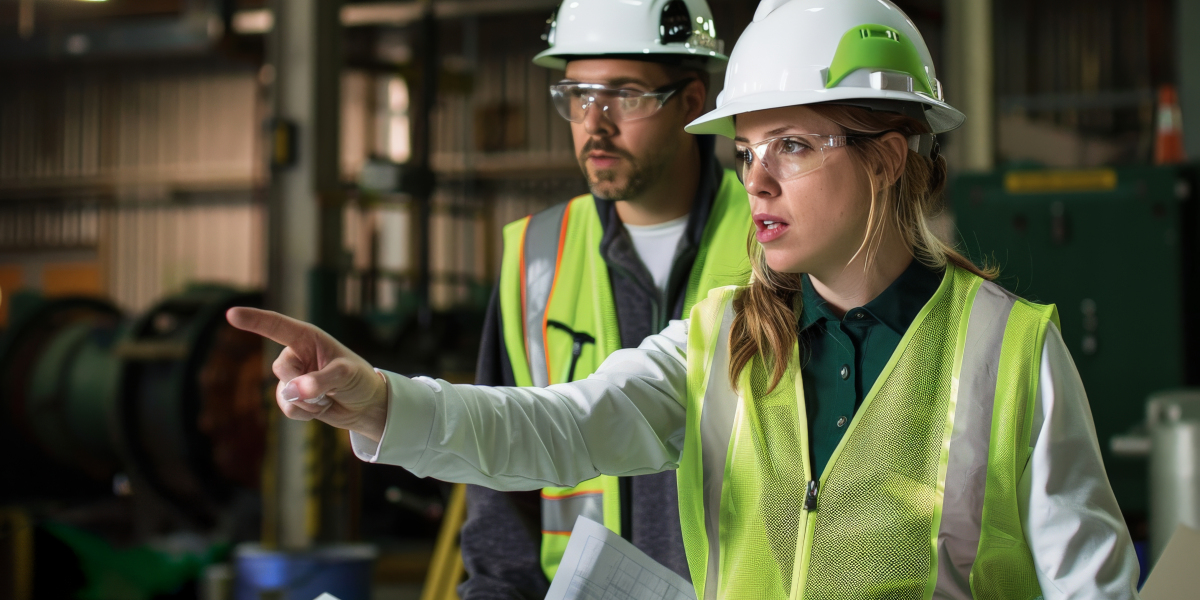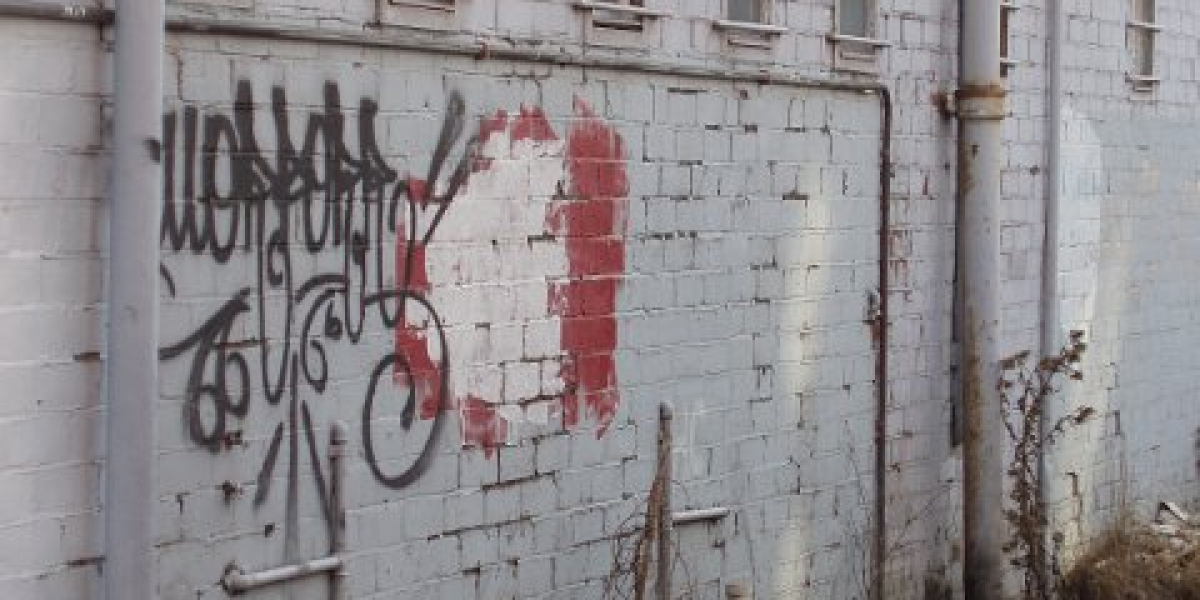When something unexpected happens in a workplace—like a sudden injury, a chemical spill, or a structural collapse—the first few minutes matter the most. Acting quickly and wisely can save lives, reduce further damage, and protect evidence that will help in understanding what went wrong. This guide explains in simple words how to secure a scene after an incident, step by step, so you can respond with confidence when it really counts.
Before we dive into the step-by-step actions, let’s briefly touch on something many safety managers and team leaders often consider while building their skills. Many professionals choose to upgrade their knowledge through accredited safety programs. For example, understanding how safety training investments like NEBOSH course fees work can be helpful. These programs not only teach hazard management but also show you how to deal with emergencies effectively. Having proper training is often what separates a chaotic response from a controlled and life‑saving action.
Why Securing the Scene Is So Important
Imagine this: you are in a warehouse, and a heavy machine suddenly tips over, injuring a co-worker. In the panic that follows, people rush in to help, others keep operating nearby equipment, and some even start clearing things without thinking. In moments like this, the chaos itself can cause more harm.
Securing the scene is about creating a safe bubble where no new hazards can harm anyone. It also ensures that whatever caused the incident can be investigated properly later. Without this step, injuries can multiply, evidence can be lost, and the overall impact of the event can spiral out of control.
Step 1: Stay Calm and Take Charge
The very first step is to stay calm. People around you will look for direction, and if you panic, they will too. Take a deep breath, look around, and start giving clear instructions. Even saying something like, “Everyone, stop moving toward that area, keep your distance!” can instantly reduce chaos.
I remember a story from a friend who worked in a construction site. A scaffold partially collapsed, and workers rushed in. A quick-thinking supervisor stepped up, raised his voice, and instructed everyone to stay back until the area was checked. That calm command likely saved others from getting hurt by falling debris.
Step 2: Stop All Ongoing Work in the Area
Once you have everyone’s attention, stop all ongoing work near the incident. Turn off running machinery, shut down electrical panels if necessary, and block any forklifts or vehicles from entering the zone. This step prevents secondary accidents, which are surprisingly common in workplaces after an incident.
Stopping work also reduces noise and distractions, helping responders focus on what matters—assisting the injured and controlling hazards.
Step 3: Control Access to the Scene
Next, limit access. You don’t want extra people wandering in. Assign someone you trust to stand at entry points and stop others from entering. In large sites, use caution tape, cones, or barricades to mark the affected area.
A safety officer once shared how he used simple rope and warning signs to cordon off an area after a chemical leak in a factory. That simple act kept curious employees from stepping into a potentially toxic zone.
Step 4: Check for Immediate Hazards
Now that the area is isolated, quickly look for other hazards. Are there any live wires? Is there a chance of fire or explosion? Are there sharp objects or leaking fluids? Address what you can safely handle—such as switching off a valve or placing absorbent materials on a spill—but never put yourself in danger.
Sometimes, teams trained through internationally recognized programs develop quick hazard-spotting instincts. Those insights often come from deep training that companies invest in to keep their teams safe.
Step 5: Provide First Aid and Call for Help
Securing the scene also means caring for anyone hurt. Apply basic first aid, such as stopping bleeding or helping someone to breathe easier, until professional help arrives. Call emergency services immediately and give them clear details about what happened and where they are needed.
I once read about an incident in a small workshop where a worker’s hand was crushed by equipment. Because the scene was quickly controlled, trained staff were able to apply a pressure bandage and keep him stable until the ambulance arrived. That swift action made all the difference.
Step 6: Preserve Evidence for Investigation
After everyone is safe, think about what caused the incident. Don’t move items unless absolutely necessary for safety. Take photos of the scene, note the time, and write down what witnesses saw. This evidence will help experts figure out exactly what went wrong and prevent similar issues in the future.
This step is also where trained managers shine. Many have learned through specialized education how critical it is to document and preserve evidence, a practice that often leads to better workplace policies later on.
Step 7: Communicate With Everyone Clearly
Gather your team and explain what has happened and what steps are being taken. Clear communication reduces rumors, calms fears, and makes sure everyone knows how to stay safe until the area is cleared.
It might feel like over-communicating, but in moments of crisis, people appreciate updates. Even a short message like, “We’ve secured the area, emergency services are on the way, and no one else is in danger,” can restore order.
Step 8: Follow Up With Proper Reporting
Once the immediate crisis is over, fill out your workplace’s incident report forms. Include photos, witness statements, and details about actions taken. This documentation is not just for compliance—it’s a tool to learn and prevent similar events in the future.
Many organizations that invest in structured safety learning programs emphasize thorough reporting because it leads to long-term improvements.
? Searching for the Best Institute for NEBOSH in Pakistan?
? Click Here to Discover Top‑Rated Training Centers!
Final Thoughts: Learning From Every Incident
Every workplace incident is a wake-up call. Securing the scene quickly is not just about responding to one event—it’s about building a culture where everyone knows what to do and feels confident doing it.

















